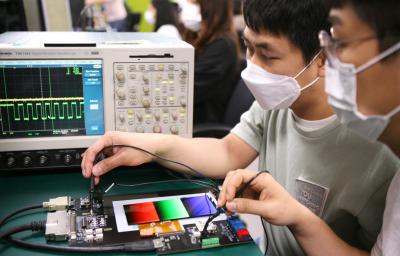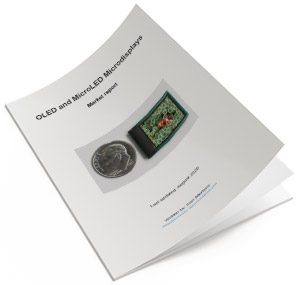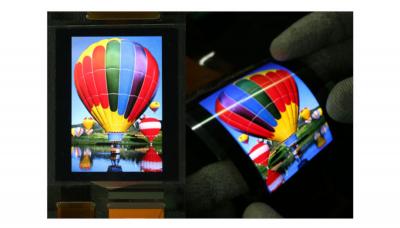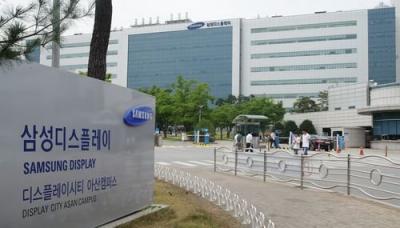Samsung announces a new variable refresh rate technology for its latest AMOLED displays
Samsung Display announced a new OLED technology, called Adaptive Frequency that enables variable refresh rate in AMOLED displays - ranging from 10Hz to 120Hz. Running OLEDs at low refresh rates when possible can reduce the power consumption of the display (over all applications) by up to 22%.

This new display technology was applied for the first time in the Galaxy Note20 Ultra 5G smartphone, announced earlier this month, with its 6.9-inch 1440x3088 Dynamic AMOLED.







